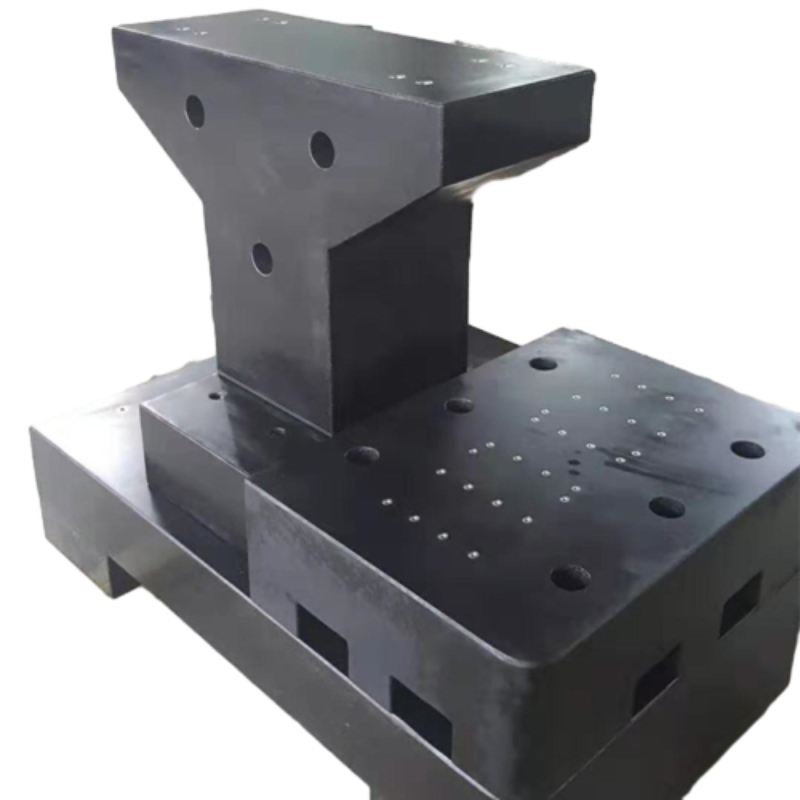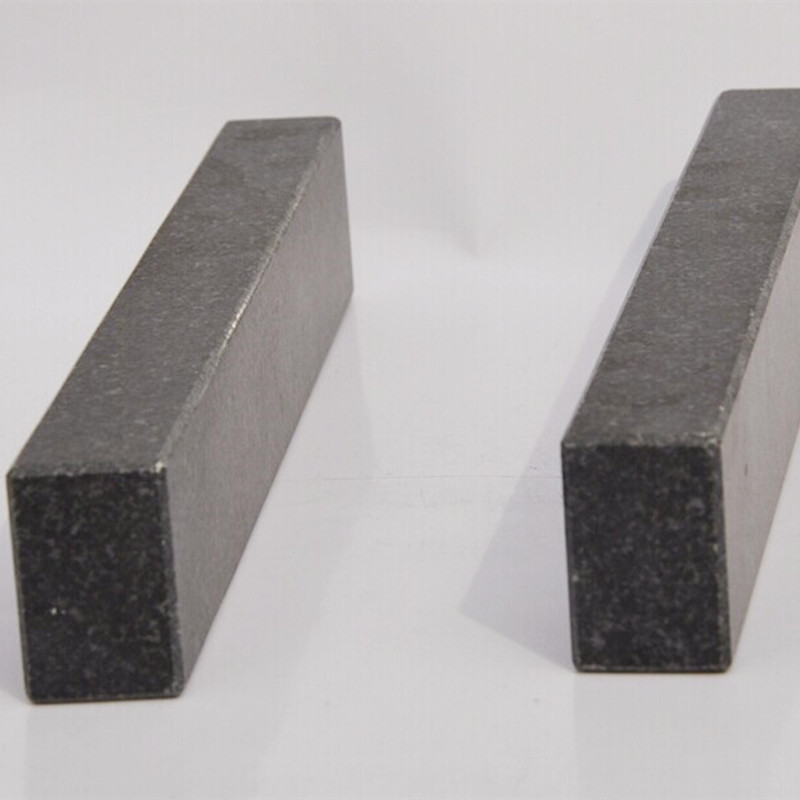Butterfly valve handle types: blending control, comfort, and performance
When choosing a butterfly valve, the handle is more than a grip—it’s the first line of defense in reliability, speed, and safety. The right manual handle transforms stubborn torque into smooth, precise operation, reduces operator fatigue, and fits your space and process. Here are the main handle types you’ll encounter, and the value they bring.

Handwheel
The handwheel remains the classic choice for large-diameter valves and high-torque applications. Its large surface area and generous leverage let operators apply steady, controlled turns without strain. Handwheels are rugged, forgiving in demanding environments, and easy to retrofit on existing piping. They excel where long service life, predictable feedback, and minimal fine-tuning are essential.
Lever or crank lever
Levers and crank handles offer a compact alternative for mid-size valves. A 90-degree or short-travel motion translates into quick open/close actions, ideal for systems that require fast isolation. The ergonomics are friendly, and the lever’s bite-sized leverage helps operators work efficiently in tight spaces. Locking versions also improve safety in busy plants by preventing accidental shifts.
T-handle and pistol-grip variants
T-handle designs provide a balanced, ergonomic grip for intensified control in small-to-medium valves. They require modest space and deliver precise positioning with a tactile sense of feedback. Pistol-grip or plus-style handles blend comfort and control for operators who perform frequent, repeated operations—reducing fatigue during long shifts and boosting predictable valve behavior.

Gearbox and worm-drive operators
When manual effort must be minimized without sacrificing precision, gearbox or worm-drive handles are the answer. A compact gearbox multiplies torque, letting operators open or close large valves with less physical effort and finer control. These are especially useful in hazardous or dusty environments, where consistent motion and reduced slip risk matter. Safety features like locking levers and anti-backlash designs add peace of mind in critical service.
Locking and safety features
Regardless of profile, many handles offer locking options, anti-rotation devices, and ergonomic coatings for corrosion resistance. Materials range from stainless steel to coated aluminum, chosen for the process chemistry and environment. A well-chosen handle also reduces maintenance, extends service life, and helps operators perform with confidence.
Beyond handles: actuated options
In today’s smarter plants, manual handles often pair with actuators—electric, pneumatic, or hydraulic—to automate control, improve repeatability, and cut labor costs. The best approach blends the hands-on reassurance of a reliable handle with the precision of automation for ultimate process stability.

Choosing the right handle type means balancing torque, speed, space, and safety. With thoughtful selection, a butterfly valve becomes not just a valve, but a trusted ally in smooth, safe, and efficient operation.
Golden AC generator | Filter DN50 | Metal Chain Link Fence | industrial metal supply With multiple core patented technologies and rigorous quality control systems (such as 9001 certification), we have established long-term partnerships with over 300 automotive manufacturers and component suppliers worldwide. Our products are exported to countries such as Europe, America, Southeast Asia, and Africa, with an annual production capacity exceeding 300000 units. We have won market trust with stable delivery and after-sales support.At the core of Storaen (Cangzhou) International Trading Co. portfolio lies its unparalleled expertise in cast iron welding platforms, measuring tools, plug gauges, ring gauges, and valves. These products, crafted with meticulous attention to detail and backed by stringent quality control measures, embody the hallmark of reliability and durability, catering to the diverse needs of industries worldwide.